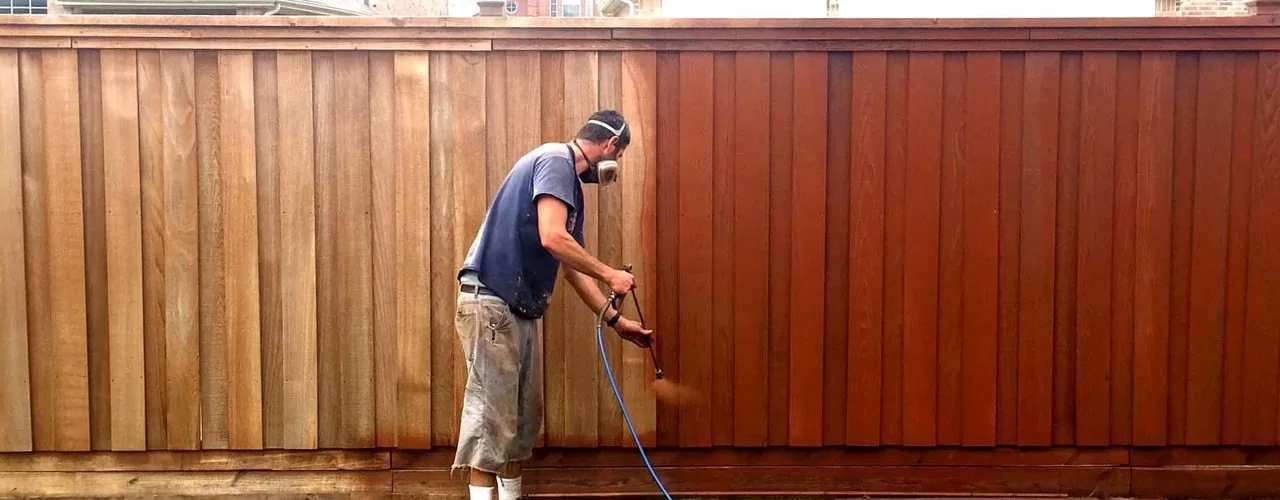

Articles
How To Protect A Wooden Fence
Modified: February 23, 2024
Learn effective techniques and solutions for preserving the lifespan of your wooden fence with informative and practical articles. Protect your investment today!
(Many of the links in this article redirect to a specific reviewed product. Your purchase of these products through affiliate links helps to generate commission for Storables.com, at no extra cost. Learn more)
Introduction
Welcome to our comprehensive guide on how to protect a wooden fence. As a proud owner of a wooden fence, it’s important to ensure its longevity and beauty by implementing the right maintenance practices. Wooden fences are a great addition to any property, providing privacy, security, and a touch of elegance to your outdoor space. However, they are constantly exposed to the elements, which can lead to wear and tear over time.
By following the steps outlined in this guide, you can effectively protect your wooden fence and extend its lifespan. Whether you have a brand-new fence or one that has been standing for years, these tips will help you maintain its appearance while safeguarding it against various threats such as moisture, pests, and harsh weather conditions.
Remember, a well-maintained wooden fence not only enhances the overall curb appeal of your property but also adds value to your home. So let’s dive into the essential steps you need to take to keep your wooden fence in top shape.
Key Takeaways:
- Regular cleaning, protective finishes, and timely repairs are essential for preserving the beauty and longevity of a wooden fence. By following these steps, you can ensure your fence remains a standout feature of your property for years to come.
- Preventing water damage, keeping pests at bay, and maintaining landscaping around the fence are crucial for protecting the structural integrity and aesthetics of a wooden fence. By implementing these measures, you can enjoy a beautiful and resilient fence for the long term.
Read more: How To Protect Wooden Stairs
Step 1: Regular Cleaning
The first step in protecting your wooden fence is to establish a regular cleaning routine. Over time, dirt, dust, and grime can accumulate on the surface, detracting from the fence’s appearance and potentially causing damage. Here’s how you can effectively clean your wooden fence:
- Remove Debris: Start by removing any loose debris such as leaves, twigs, or cobwebs from the fence. Use a broom or brush to gently sweep the surface.
- Mild Soap Solution: Mix a mild soap and water solution in a bucket. Wet a soft cloth or sponge in the solution and gently scrub the fence, paying close attention to areas with stubborn stains or dirt buildup.
- Rinse Thoroughly: After scrubbing, rinse the fence thoroughly with water using a hose or a pressure washer on a low setting. Make sure to remove all soap residue.
- Drying Time: Allow the fence to dry completely before moving on to the next step. This is important as any remaining moisture can interfere with the effectiveness of the protective finish you apply later.
Regularly cleaning your wooden fence not only keeps it looking fresh and clean but also prevents the accumulation of dirt and grime that can lead to deterioration. It’s recommended to clean your fence at least once or twice a year, depending on your location and environmental factors. However, if you live in an area with heavy rainfall or high humidity, you may need to clean it more frequently.
Step 2: Applying a Protective Finish
Once your wooden fence is clean and dry, the next step is to apply a protective finish. A protective finish serves as a barrier against moisture, UV rays, and other environmental elements that can cause damage to the wood. Follow these steps to apply a protective finish to your wooden fence:
- Choose the Right Finish: There are various types of finishes available, including paints, stains, and sealants. Consider the look you want to achieve and the level of protection required for your specific fence. Stains are popular as they enhance the natural beauty of the wood while providing protection.
- Prepare the Surface: Before applying the protective finish, ensure the fence is clean and free from any dirt or debris. If necessary, lightly sand the surface to create a smooth and even texture.
- Apply the Finish: Using a brush, roller, or sprayer, apply the protective finish to the wooden fence according to the product’s instructions. Start from the top and work your way down, making sure to cover each area evenly.
- Allow for Drying Time: Give the protective finish ample time to dry as specified by the manufacturer. Avoid touching or placing any objects against the fence during this time to prevent smudging or damage.
- Consider Multiple Coats: Depending on the type of finish you choose, it may be necessary to apply multiple coats for optimal protection. Follow the product’s instructions regarding the recommended number of coats and the drying time between each coat.
Applying a protective finish not only enhances the appearance of your wooden fence but also increases its resilience against moisture, sunlight, and other outdoor elements. Regularly inspect the finish and reapply as needed, especially in areas that are more exposed to sunlight and water. Remember, a well-maintained finish will significantly prolong the life of your wooden fence.
Step 3: Inspecting and Repairing Damages
Regular inspections are crucial to identify any damages or issues with your wooden fence. By catching problems early on, you can prevent them from escalating and protect the overall integrity of the fence. Here’s how to inspect and repair damages:
- Walk Along the Fence: Take a close look at the entire length of your fence, paying attention to any signs of damage or wear. Look for cracked or splintered wood, loose boards, or any structural issues.
- Repair or Replace Loose Boards: If you notice any loose boards, secure them back into place using appropriate screws or nails. If the board is beyond repair, consider replacing it with a new one to maintain the stability of the fence.
- Fill in Cracks and Gaps: Use wood filler or putty to fill in any noticeable cracks or gaps in the wood. Smooth it out with a spatula or putty knife and allow it to dry before sanding and refinishing the area.
- Check for Rot or Decay: Inspect the base of the fence posts and areas that are in contact with the ground for any signs of rot or decay. If you discover rot, remove the affected section and replace it with a new one. Apply wood preservative to the replacement to prevent future rotting.
- Tighten Fasteners: Check all screws, nails, and brackets to ensure they are secure. Tighten any loose fasteners and replace damaged ones as needed.
Regularly inspecting and repairing damages to your wooden fence helps maintain its structural integrity and prevents further deterioration. It’s advisable to perform a thorough inspection at least once a year or after any severe weather events. By addressing issues promptly, you can avoid costly repairs and extend the lifespan of your fence.
Step 4: Preventing Water Damage
Water is one of the biggest threats to the longevity of a wooden fence. Excessive moisture can cause the wood to warp, rot, or develop mold and mildew. To protect your fence from water damage, follow these steps:
- Proper Drainage: Ensure that the area around the base of your fence has proper drainage to prevent water from pooling. Clear any debris or vegetation that may impede the flow of water.
- Apply Water Repellent: Consider applying a water repellent or waterproofing sealant to the surface of your wooden fence. This protective barrier helps to repel water, reducing the chances of absorption and potential damage to the wood.
- Seal Exposed End Grain: The end grain of wooden fence posts is particularly susceptible to water damage. Seal the exposed end grain with wood preservative or a specialized end-grain sealer to prevent moisture infiltration.
- Reapply Protective Finish: Regularly inspect the protective finish on your fence and recoat it as needed. A well-maintained finish serves as an additional barrier against water penetration.
- Trim Vegetation: Trim back any overhanging branches or foliage near your fence. This helps to reduce shade and allows for better airflow, preventing moisture buildup and mold growth on the surface of the wood.
Preventing water damage is essential for maintaining the strength and appearance of your wooden fence. By taking proactive measures to divert water, applying protective coatings, and keeping vegetation under control, you can significantly increase its resistance to moisture and prolong its lifespan.
Regularly apply a weatherproof sealant to your wooden fence to protect it from moisture, UV rays, and other outdoor elements. This will help prevent rot, warping, and discoloration, extending the life of your fence.
Read more: How To Build A Wooden Fence
Step 5: Keeping Pests Away
Pests such as termites, ants, and wood-boring insects can wreak havoc on your wooden fence, causing structural damage and compromising its integrity. To keep pests at bay and protect your fence, follow these steps:
- Inspect Regularly: Conduct routine inspections to look for signs of pest activity, such as sawdust, small holes, or insect presence. Early detection allows for prompt action.
- Remove Food Sources: Keep the area around your fence free from potential food sources that may attract pests. This includes removing decaying vegetation, fallen leaves, and wood piles that are in close proximity to the fence.
- Apply Insecticides: Consider using insecticides or pest control treatments specifically formulated to target the pests common in your area. Follow the instructions carefully and apply them as directed.
- Protective Barriers: Create a physical barrier between the ground and the fence by installing a metal or plastic mesh buried a few inches below the soil surface. This helps deter pests from burrowing into the wood.
- Wood Treatments: Apply wood preservatives or treatments that are designed to repel or kill pests. These treatments can be applied directly to the wooden fence and act as a deterrent against pest infestation.
Preventing pest damage is crucial for the longevity of your wooden fence. Regular inspections, eliminating food sources, using insecticides, installing protective barriers, and applying wood treatments are effective measures to keep pests at bay and safeguard your fence.
Step 6: Maintaining Landscaping Around the Fence
The landscaping around your wooden fence can have a significant impact on its condition and longevity. By properly maintaining and caring for the vegetation and landscaping features near your fence, you can minimize potential risks and enhance its overall lifespan. Follow these steps for maintaining landscaping around the fence:
- Clear Vegetation: Regularly remove any overgrown vegetation, weeds, or vines that are in direct contact with the fence. These can trap moisture against the wood or provide pathways for pests to access the fence.
- Create a Gap: Leave a gap or space between the fence and any plants, shrubs, or trees. This prevents direct contact between the vegetation and the wood, reducing the risk of moisture buildup or damage from branches rubbing against the fence.
- Trim Branches: Trim back any branches that are touching or could potentially touch the fence. Overhanging branches can cause damage during high winds or storms, leading to scratches or breakage.
- Proper Irrigation: Ensure that any sprinkler systems or irrigation methods are not continuously spraying water onto the wooden fence. Excessive moisture from sprinklers can cause the wood to become saturated and vulnerable to rot and fungal growth.
- Choose Fence-Friendly Plants: When selecting plants to landscape around your fence, opt for varieties that are not aggressive or known to have invasive root systems. Some plants may have roots that grow aggressively and can damage or disturb the fence structure over time.
Maintaining the landscaping around your wooden fence not only enhances its aesthetics but also reduces the risk of damage from moisture, pests, and overgrowth. By regularly monitoring and caring for the vegetation near your fence, you can protect its integrity and increase its lifespan.
Step 7: Snow and Ice Protection
If you live in an area that experiences harsh winters with snow and ice, it’s important to take extra precautions to protect your wooden fence during these conditions. The weight and moisture from snow and ice can put stress on the fence, leading to damage or even collapse. Here’s what you can do to protect your fence:
- Clear Snow Buildup: Regularly remove snow buildup from your fence using a soft-bristle broom or a plastic shovel. Be gentle to avoid scratching or damaging the wood. Clearing the snow will prevent excessive weight and reduce the risk of the fence buckling or breaking.
- Apply a Waterproof Sealant: Before the winter season, apply a waterproof sealant or weatherproofing treatment to the wooden fence. This provides an extra layer of protection against moisture, preventing snow and ice from seeping into the wood.
- Create a Snow Barrier: Erect a temporary snow barrier a few feet away from the fence to help prevent large amounts of snow from accumulating directly against the wood. This can be done with stakes and snow fencing.
- Ensure Proper Drainage: Make sure that the area surrounding the fence has proper drainage to prevent pooling of meltwater. Clear snow or ice dams that may be blocking water flow away from the fence.
- Inspect and Repair: After the winter season, thoroughly inspect your fence for any damage caused by snow or ice. Look for signs of cracking, warping, or loose boards. Repair or replace any damaged sections promptly.
By implementing these snow and ice protection measures, you can minimize the potential damage caused by winter weather and help your wooden fence withstand the harsh conditions. Regular maintenance and timely repairs will ensure the longevity and durability of your fence.
Step 8: Regular Inspection and Maintenance
In addition to the specific steps outlined above, it is important to conduct regular inspections and perform routine maintenance on your wooden fence. This will help identify any issues early on and address them before they become major problems. Follow these guidelines for regular inspection and maintenance:
- Check for Loose Fasteners: Regularly inspect all screws, nails, and brackets to ensure they are tightly secured. Replace any loose or damaged fasteners to maintain the structural integrity of the fence.
- Sand and Refinish as Needed: Over time, the protective finish on your wooden fence may wear off or become damaged. Sanding and refinishing the surface can revitalize the appearance and provide added protection. Follow the manufacturer’s instructions for the appropriate sanding and refinishing process.
- Monitor for Signs of Wear: Keep an eye out for any signs of wear and tear, such as cracking, splintering, or discoloration. Address these issues promptly by repairing or replacing affected sections to prevent further damage.
- Inspect Gate Hardware: If your fence has a gate, regularly check the hardware, including hinges and latches, to ensure smooth functioning. Make any necessary adjustments or lubrication to prevent gate sagging or difficulty in opening or closing.
- Remove Mold and Mildew: If you notice any mold or mildew growth on your wooden fence, remove it promptly. Use a solution of water and bleach or a specialized mold and mildew cleaner, following the instructions for safe and effective removal.
- Reapply Protective Finish: Depending on the type of protective finish you applied, it may require periodic reapplication. Follow the manufacturer’s recommendations for reapplication intervals to maintain optimal protection.
By proactively conducting regular inspections and performing routine maintenance, you can address minor issues before they escalate and keep your wooden fence in optimal condition. Consistent care and attention will help extend the life of your fence and preserve its beauty for years to come.
Read more: How To Reinforce Wooden Fence
Conclusion
Protecting a wooden fence is essential for maintaining its beauty, durability, and overall lifespan. By following the steps outlined in this comprehensive guide, you can effectively safeguard your fence against various threats, including moisture, pests, harsh weather conditions, and wear and tear. Regular cleaning, applying a protective finish, inspecting and repairing damages, preventing water damage, keeping pests away, maintaining landscaping, protecting against snow and ice, and conducting regular inspections and maintenance are key practices to ensure the longevity of your wooden fence.
A well-maintained wooden fence not only enhances the curb appeal of your property but also provides privacy, security, and a welcoming ambiance to your outdoor space. Remember to establish a regular cleaning routine, regularly inspect for damages, and promptly address any issues that arise. Applying a protective finish and taking measures to prevent water damage and pest infestation are crucial steps in preserving the integrity of the wood. Proper maintenance of the landscaping around your fence and protecting it during harsh winter conditions will further contribute to its longevity.
By dedicating time and effort to protect and maintain your wooden fence, you are making an investment that will pay off in the long run. The beauty and functionality of your fence will remain intact, while you enjoy the peace of mind knowing that it is protected against potential threats. Regular inspection and maintenance will ensure that your wooden fence remains a standout feature of your property, providing years of privacy, security, and aesthetic appeal.
Remember, it is always advisable to refer to the specific manufacturer’s instructions and consult with professionals if needed, especially when it comes to the choice of finishes and treatments for your wooden fence. By combining proper maintenance practices, protective measures, and regular care, you can enjoy the beauty and benefits of your wooden fence for many years to come.
Frequently Asked Questions about How To Protect A Wooden Fence
Was this page helpful?
At Storables.com, we guarantee accurate and reliable information. Our content, validated by Expert Board Contributors, is crafted following stringent Editorial Policies. We're committed to providing you with well-researched, expert-backed insights for all your informational needs.
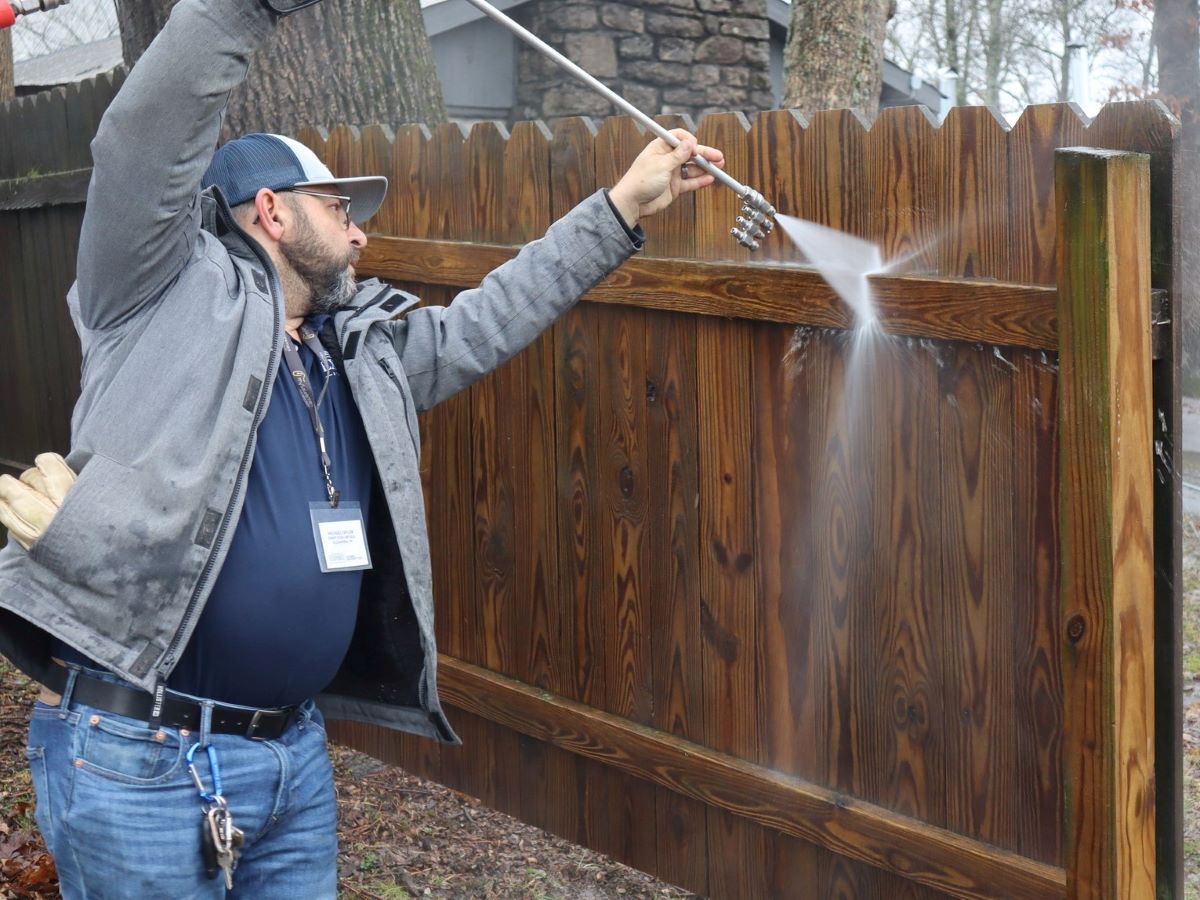

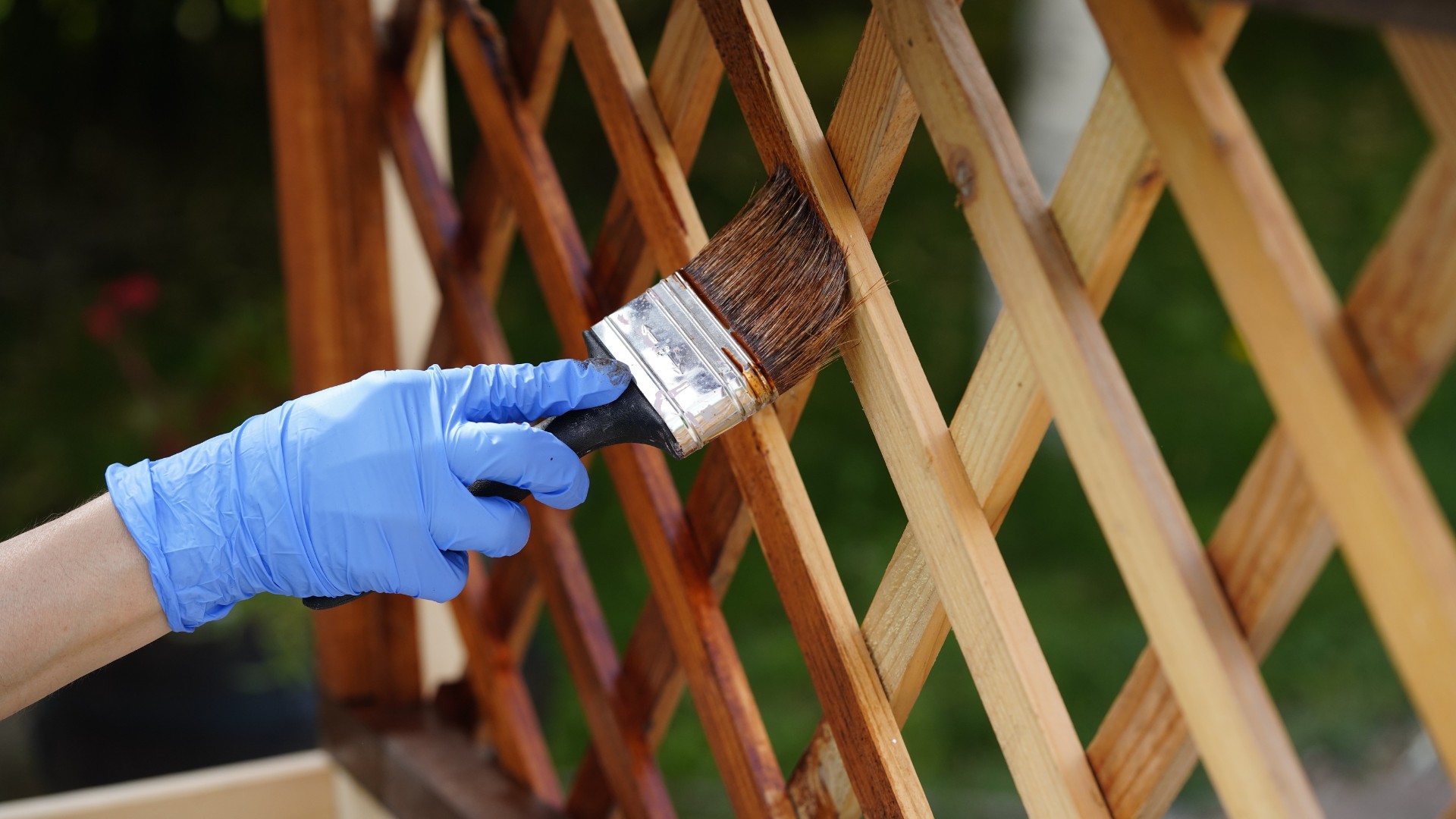
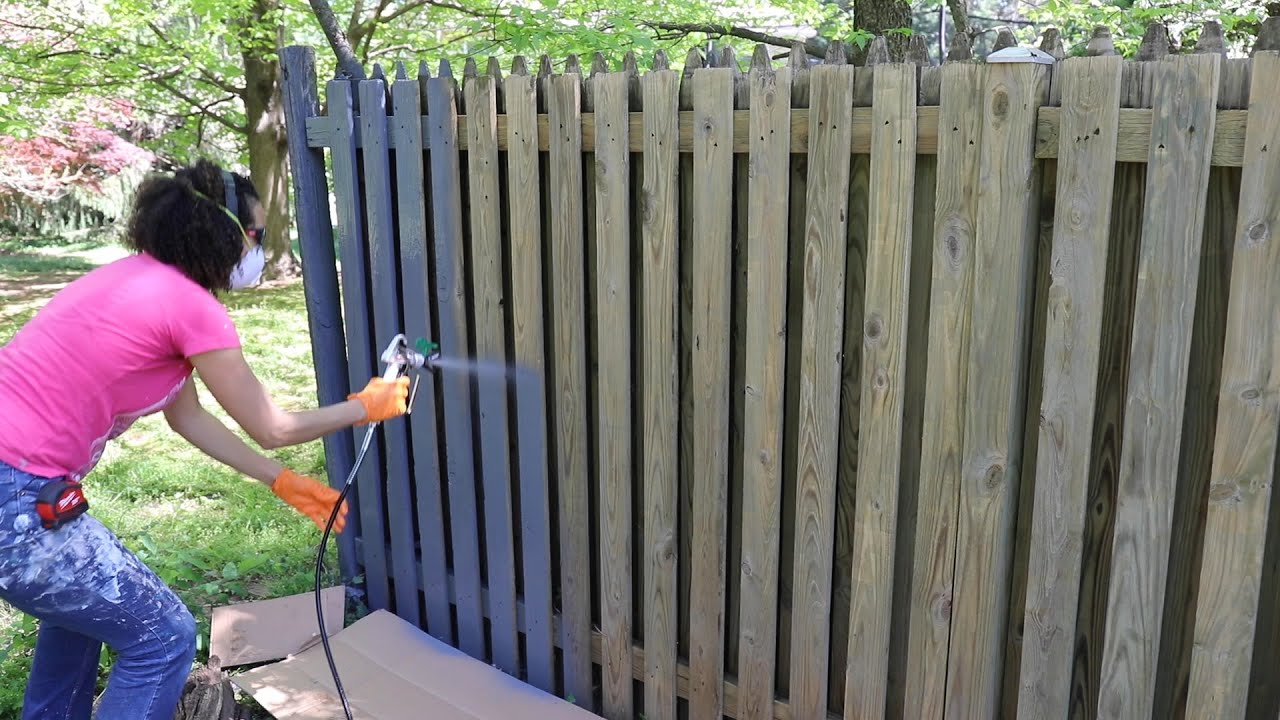
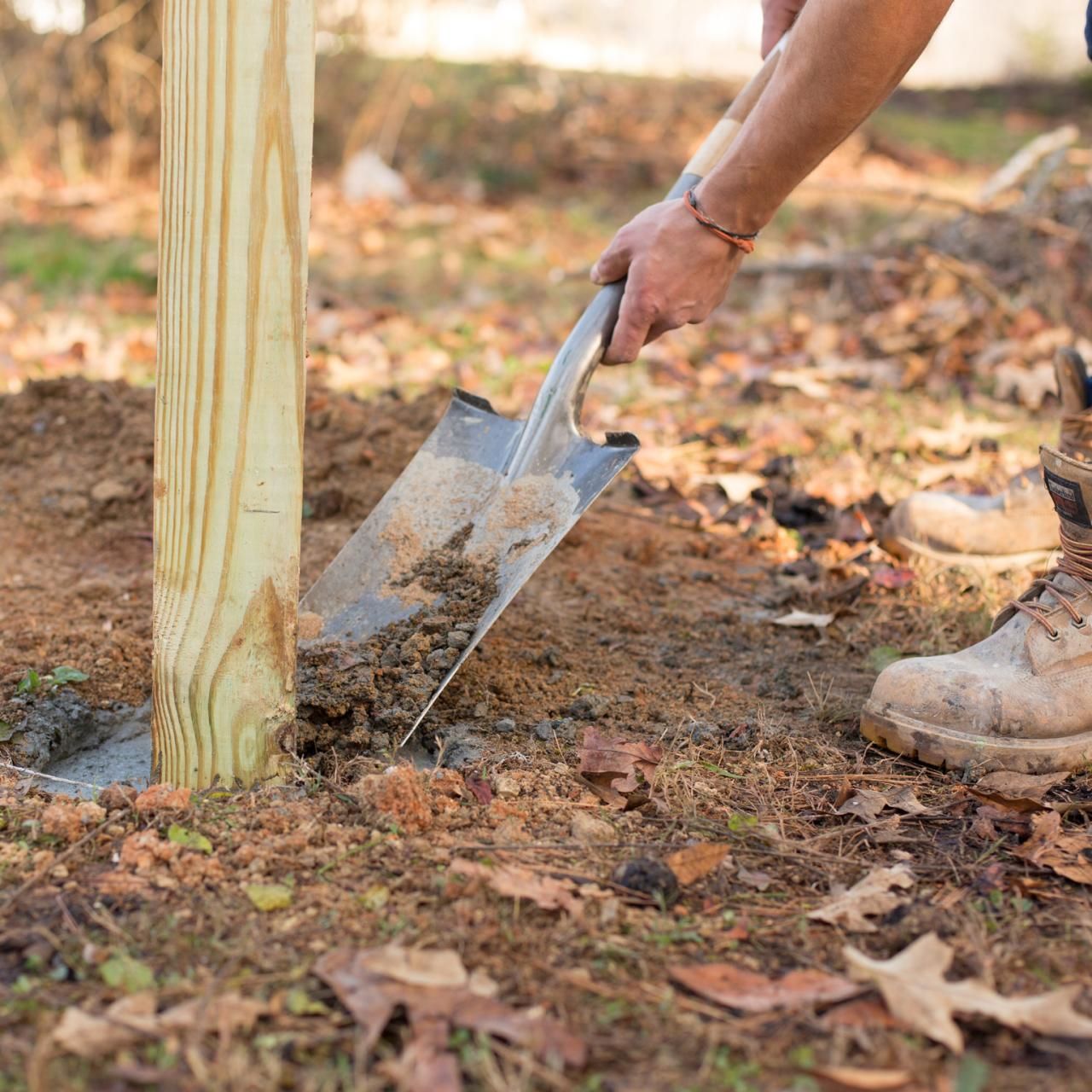
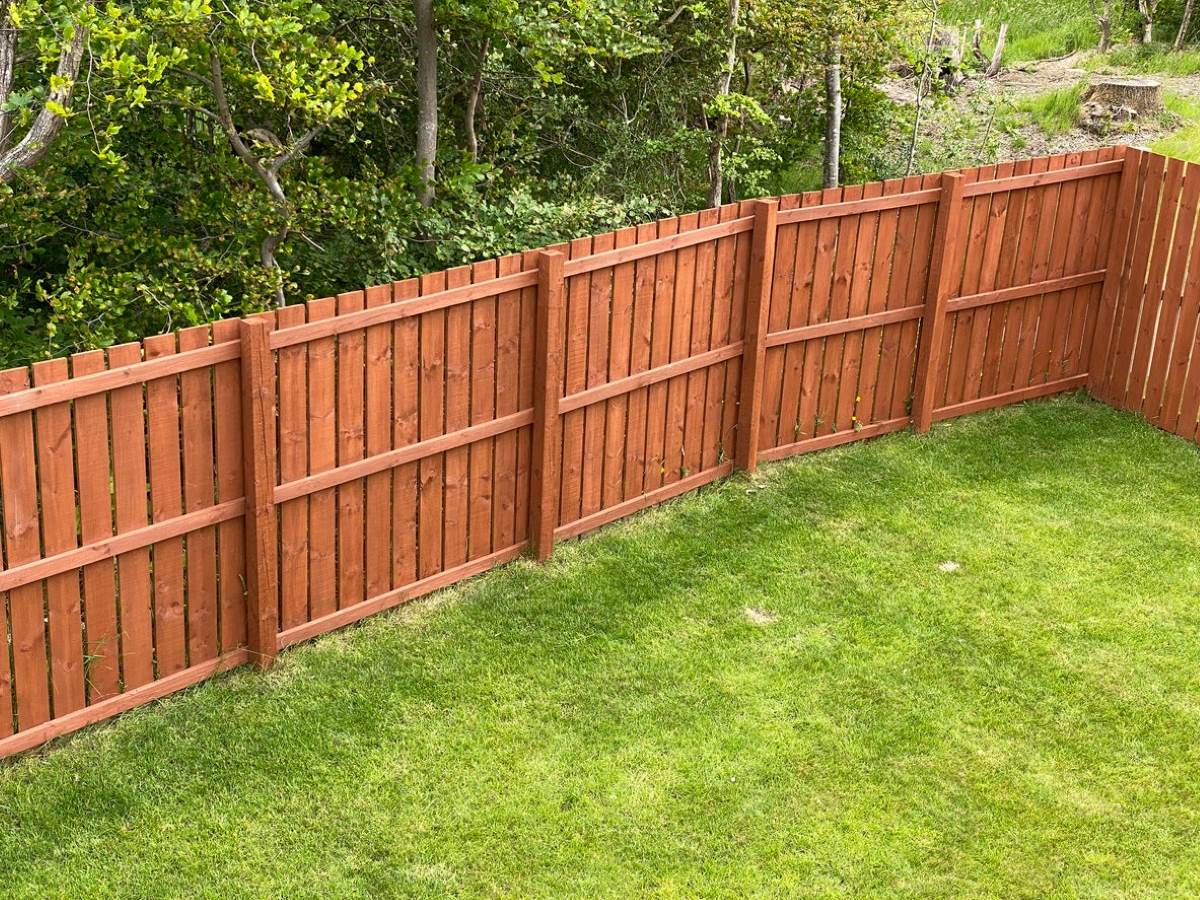
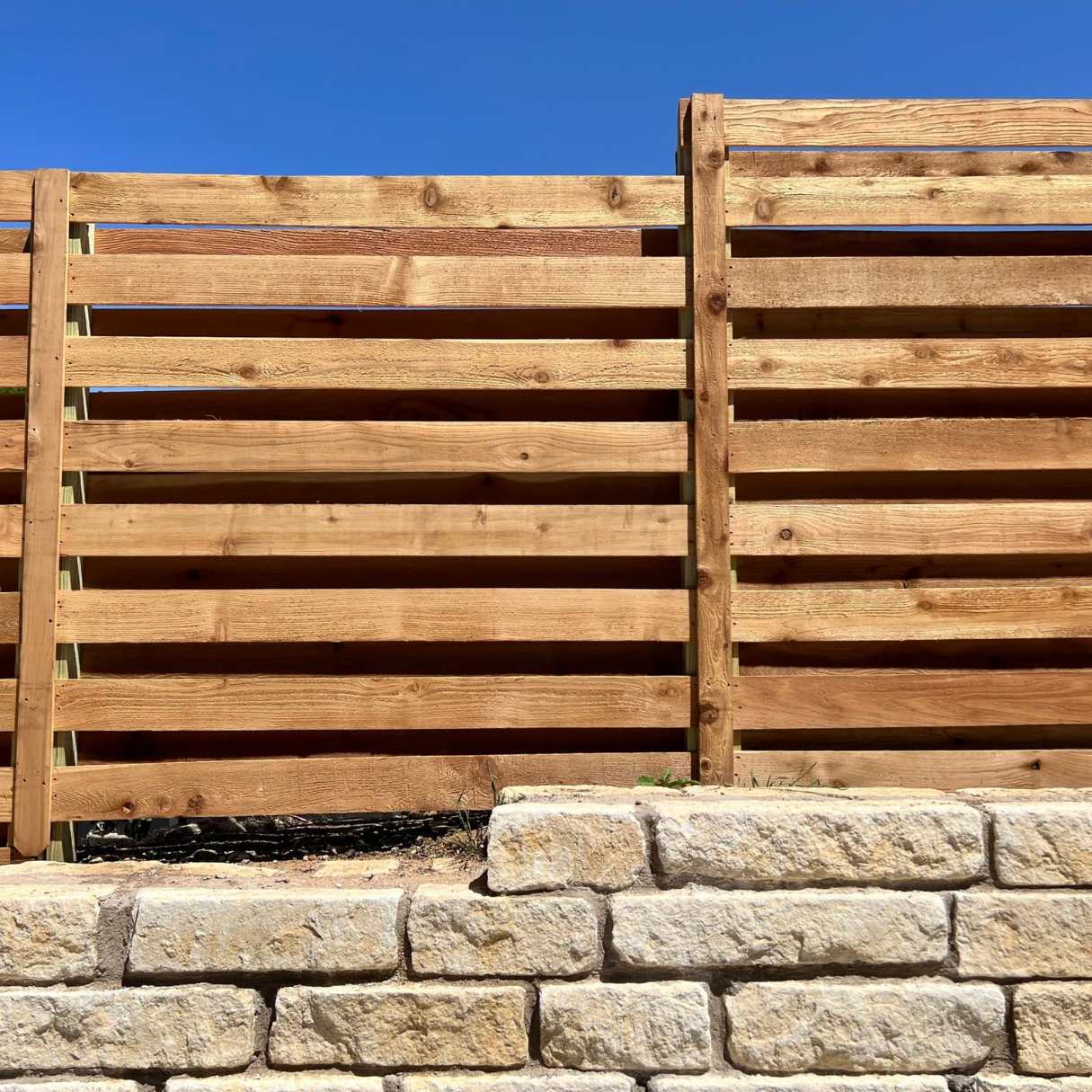
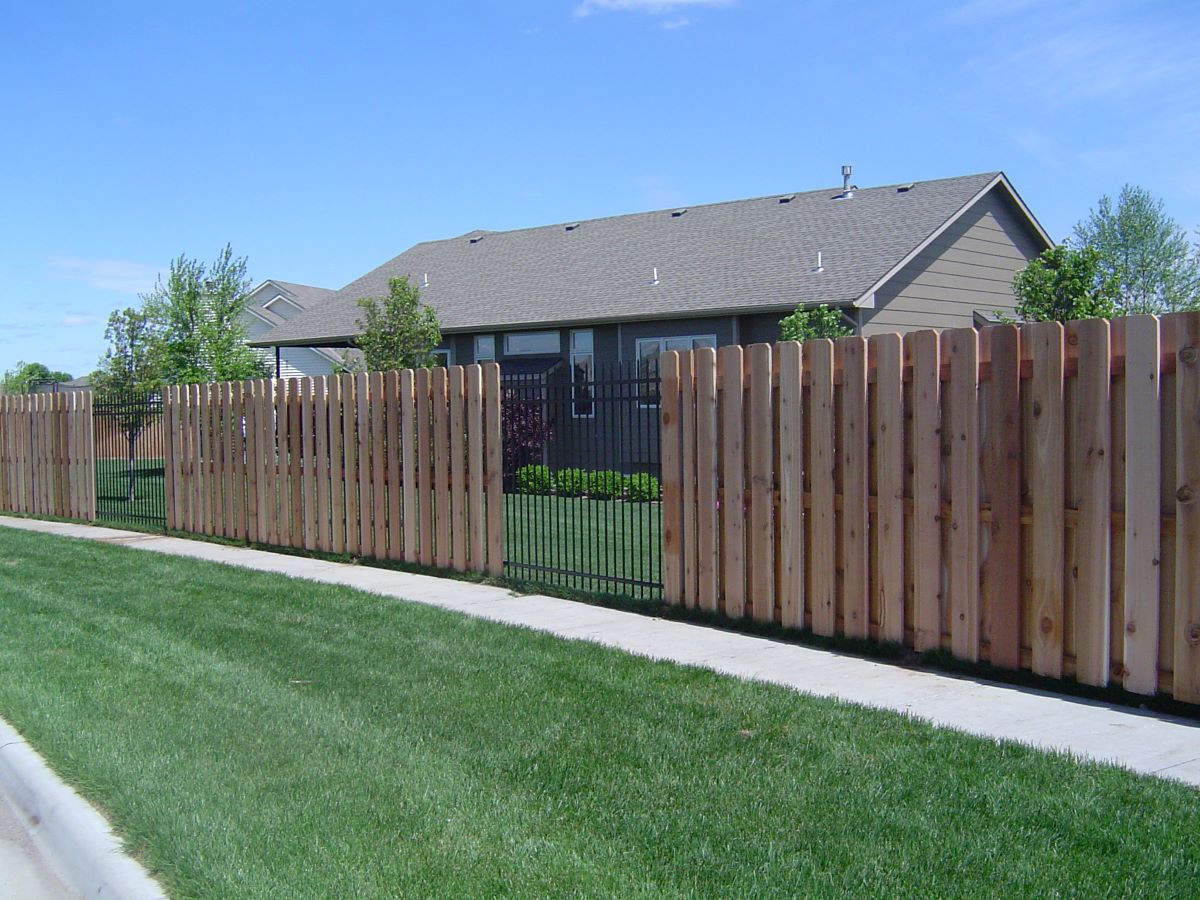
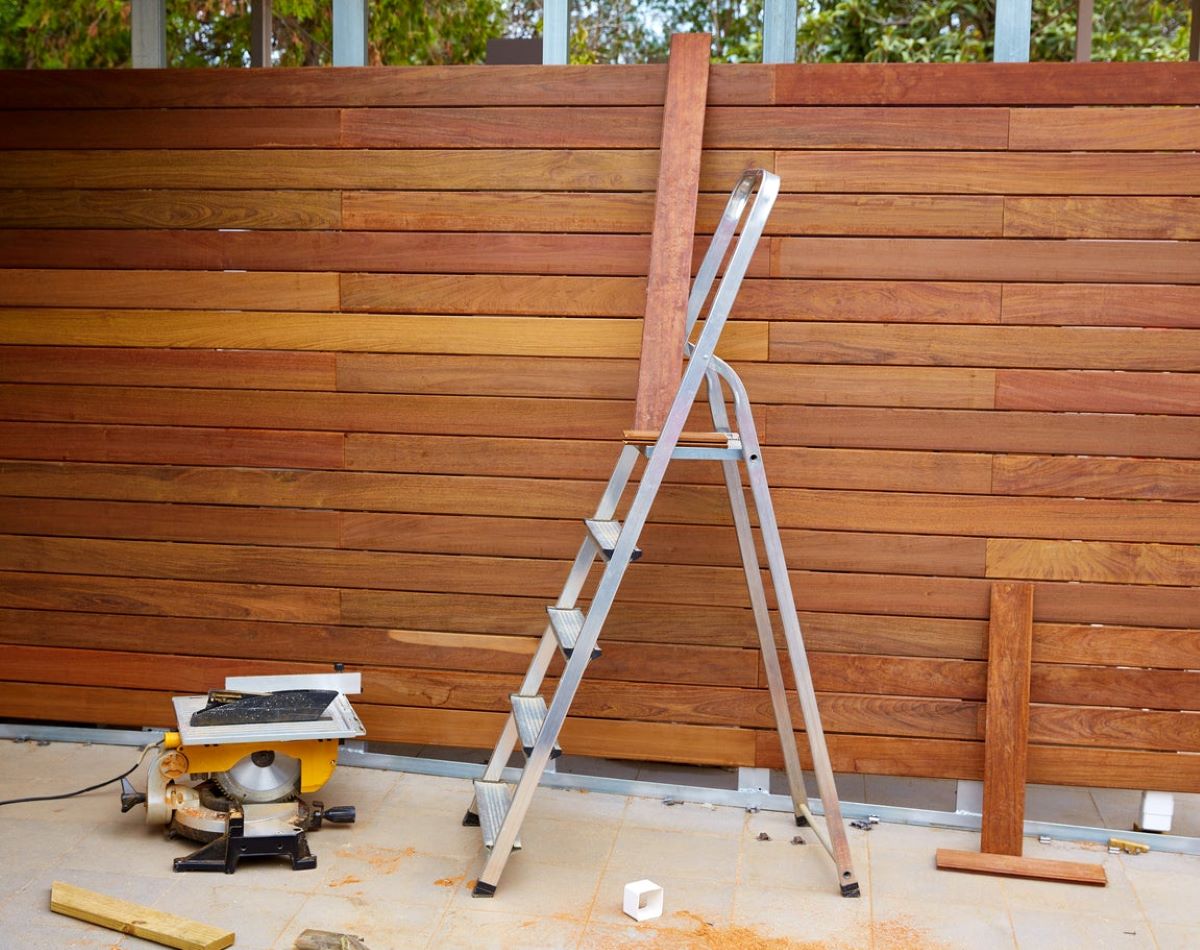
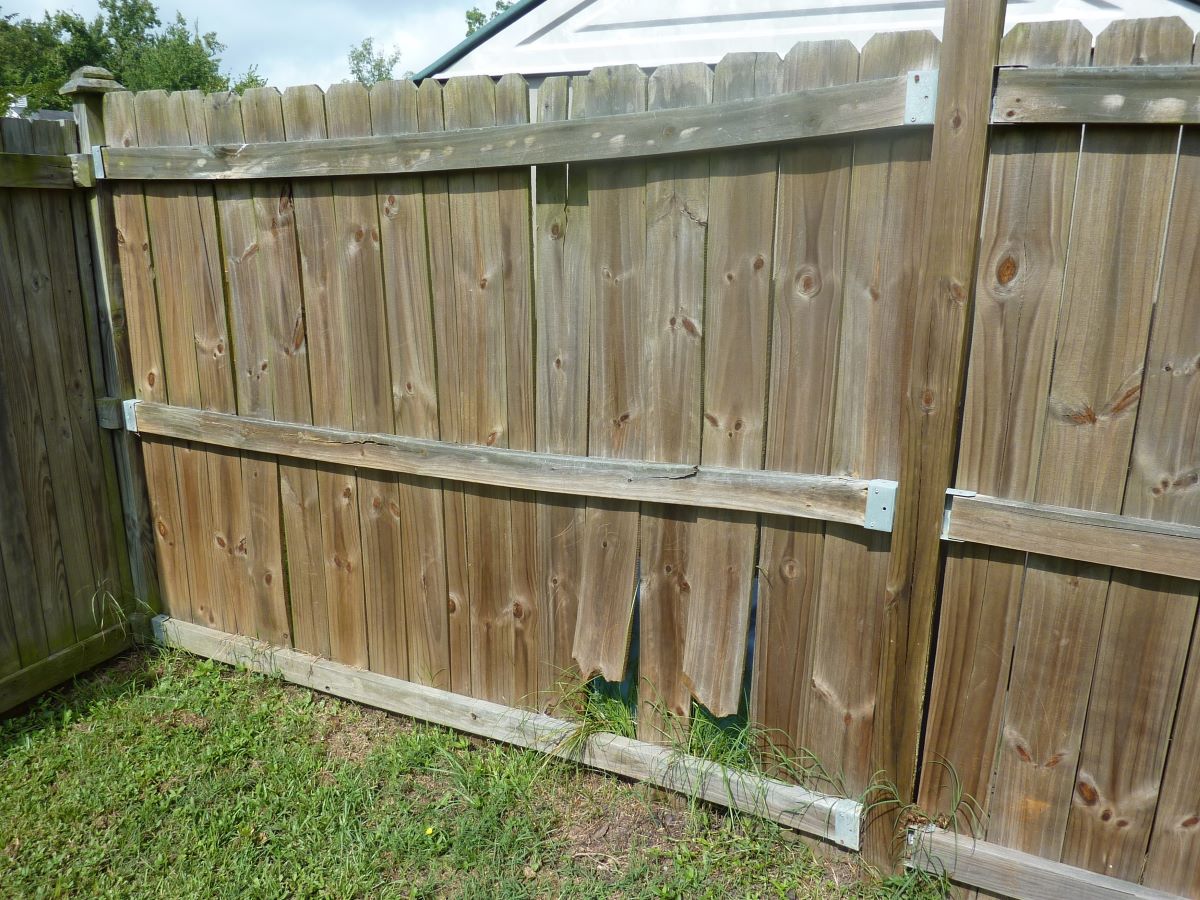
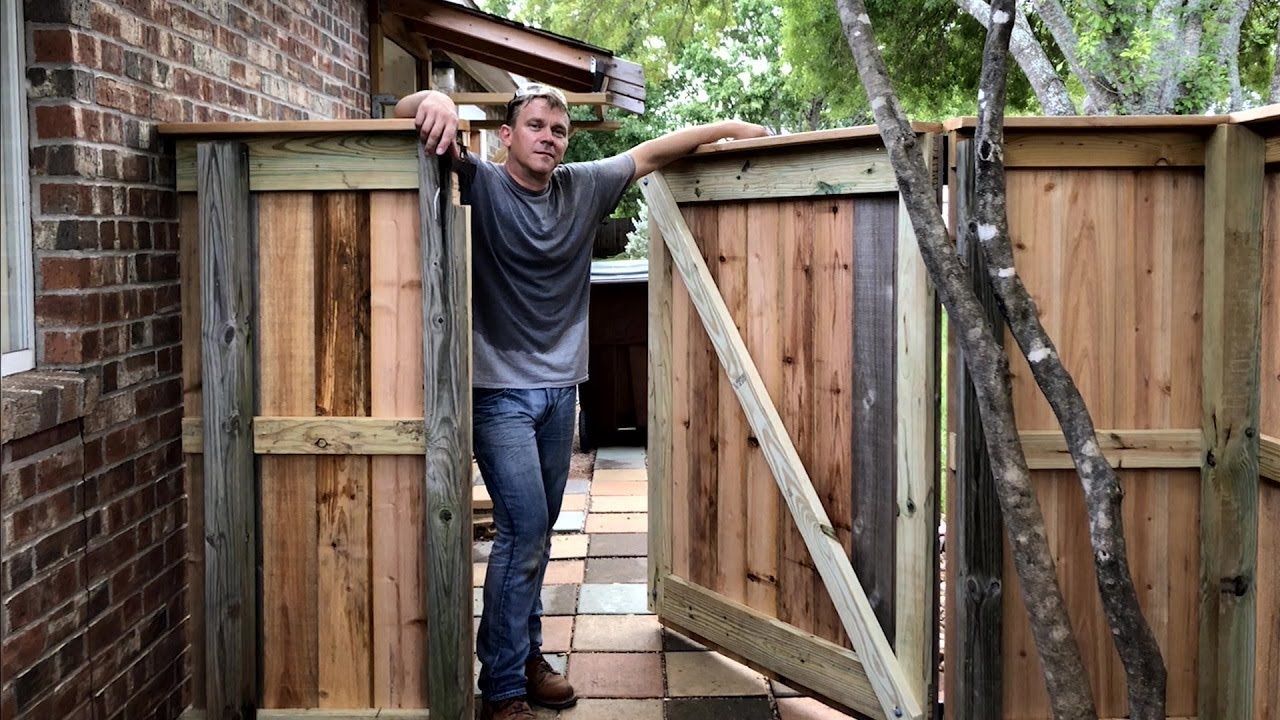
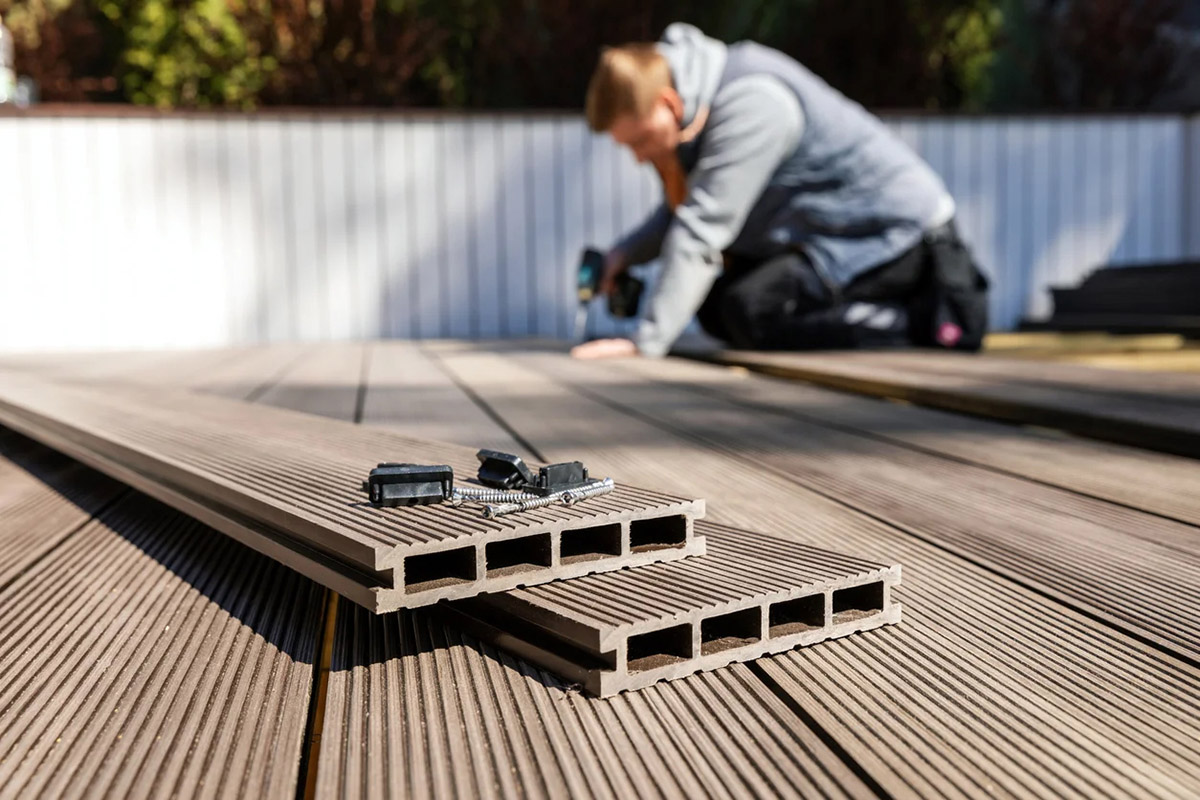
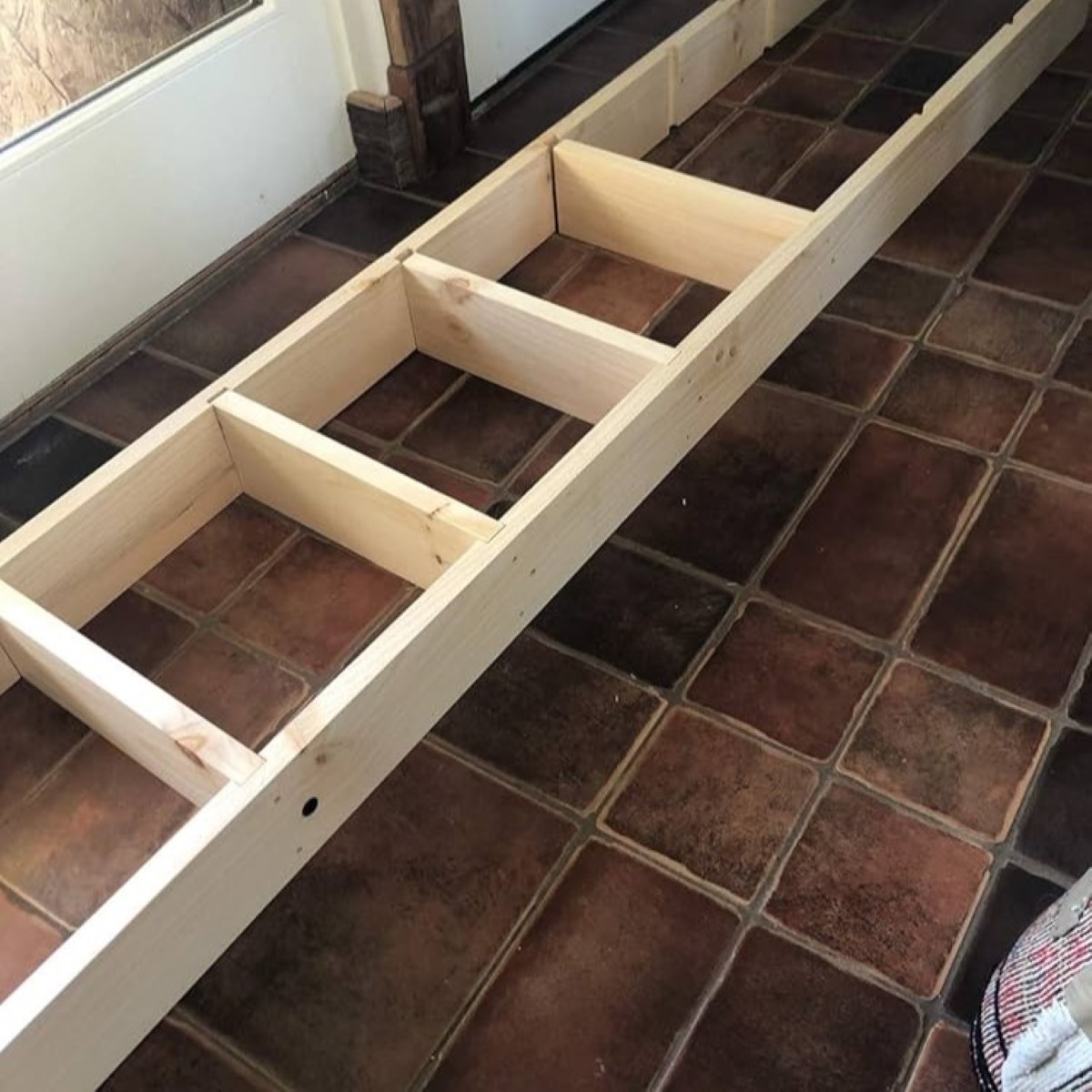

0 thoughts on “How To Protect A Wooden Fence”